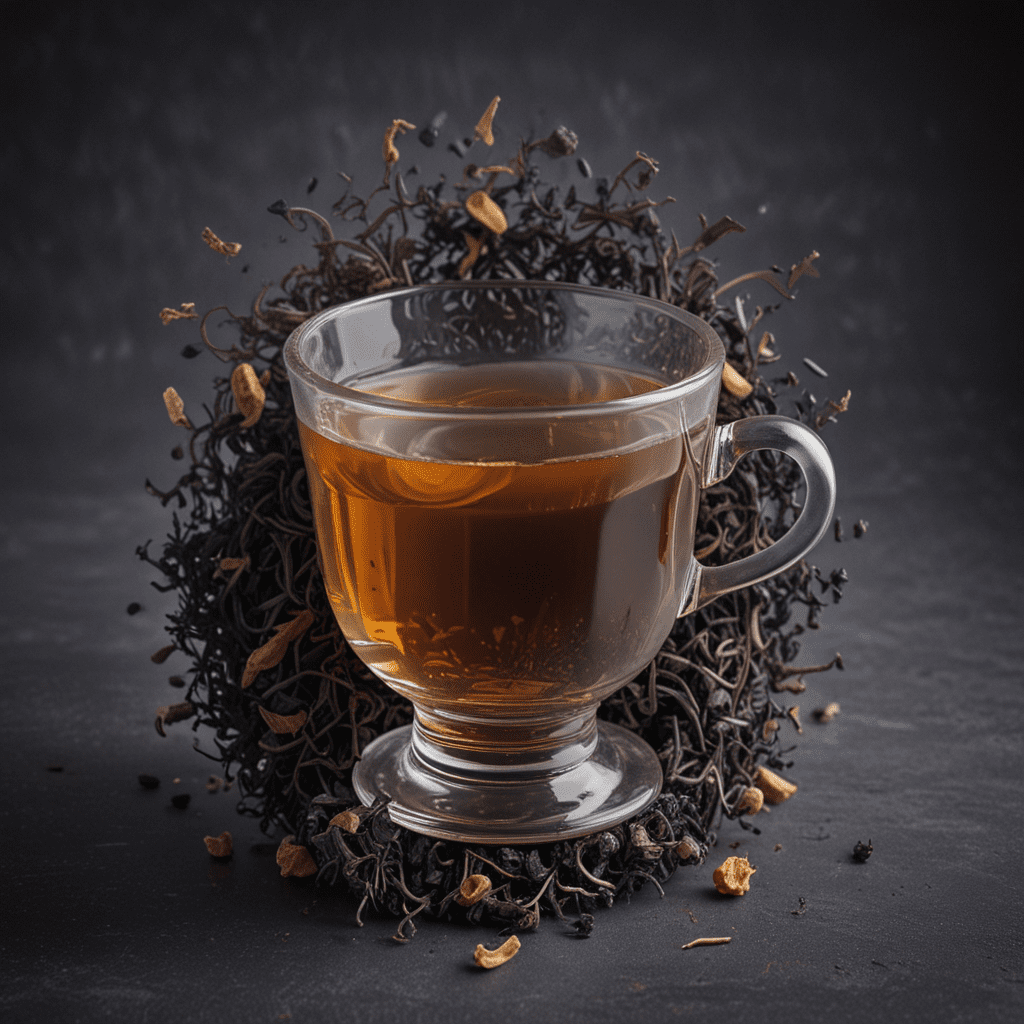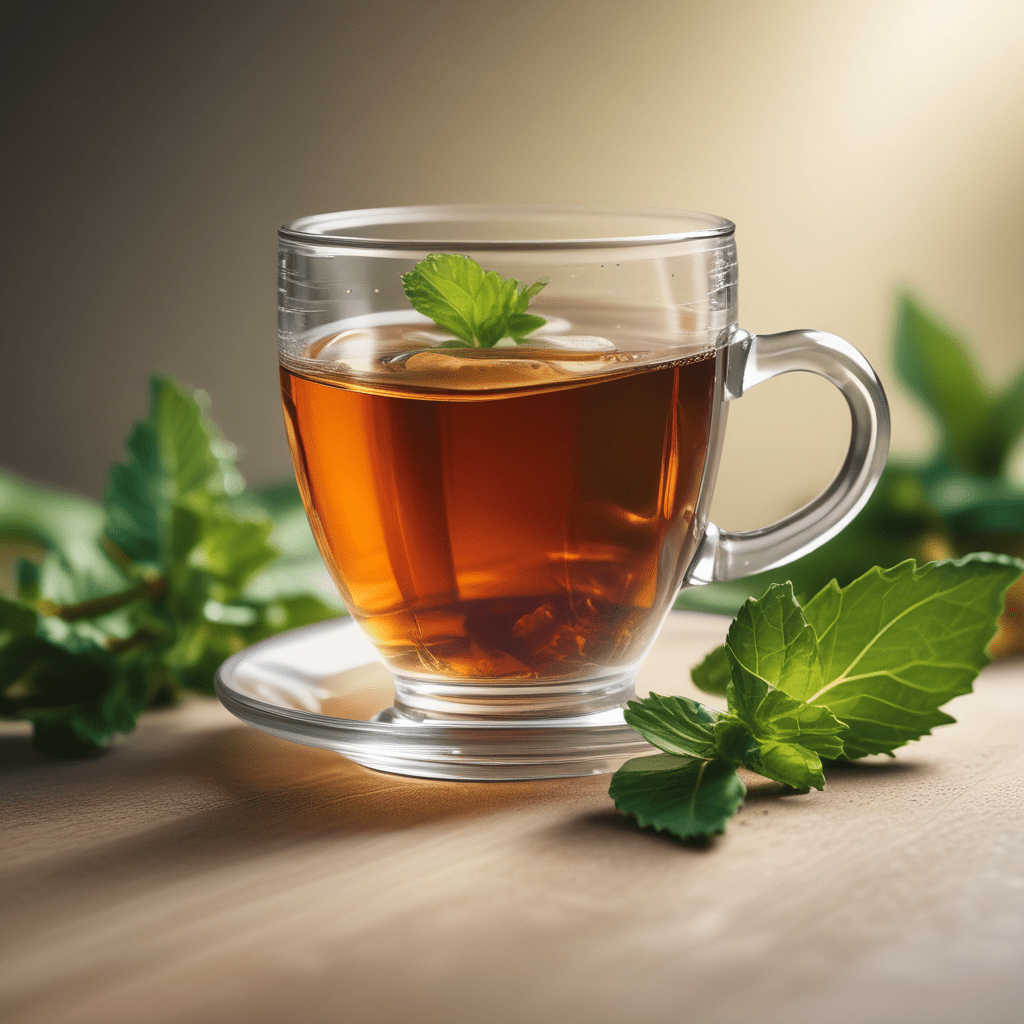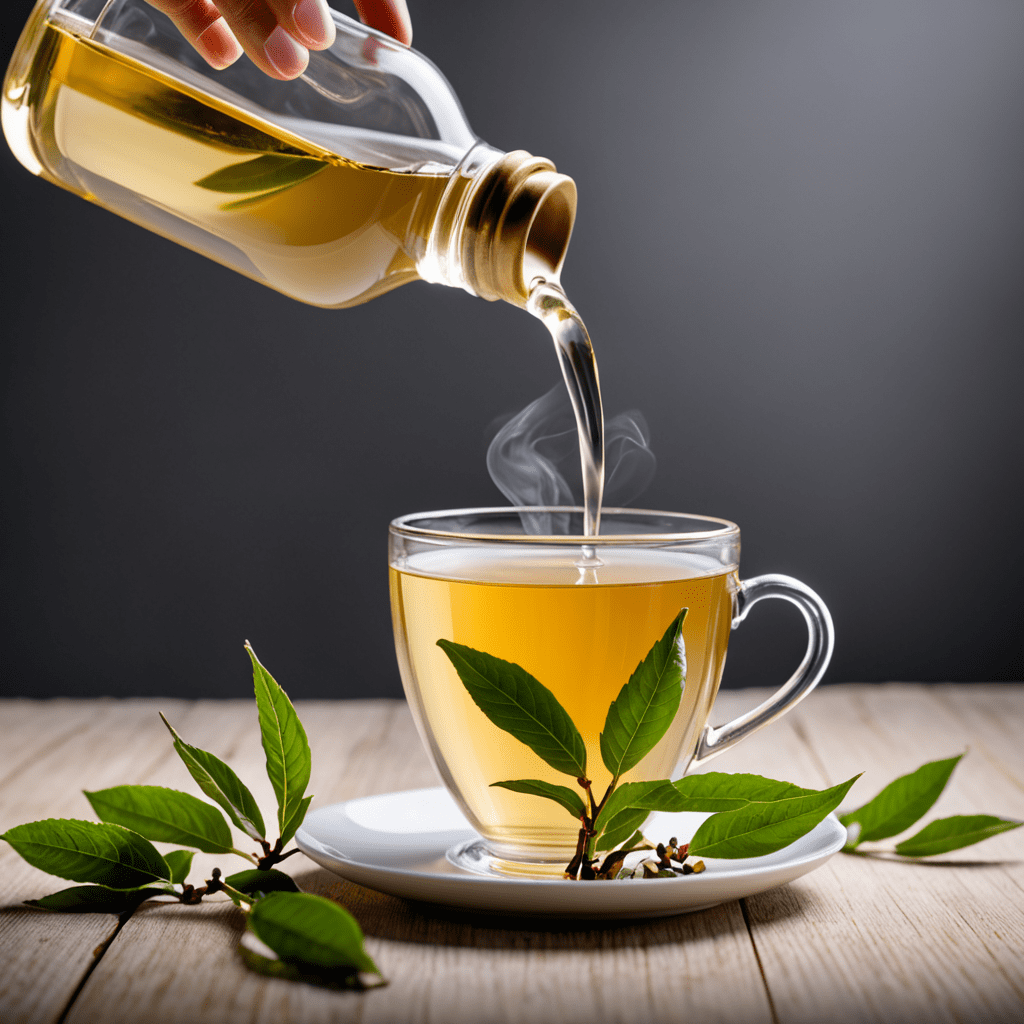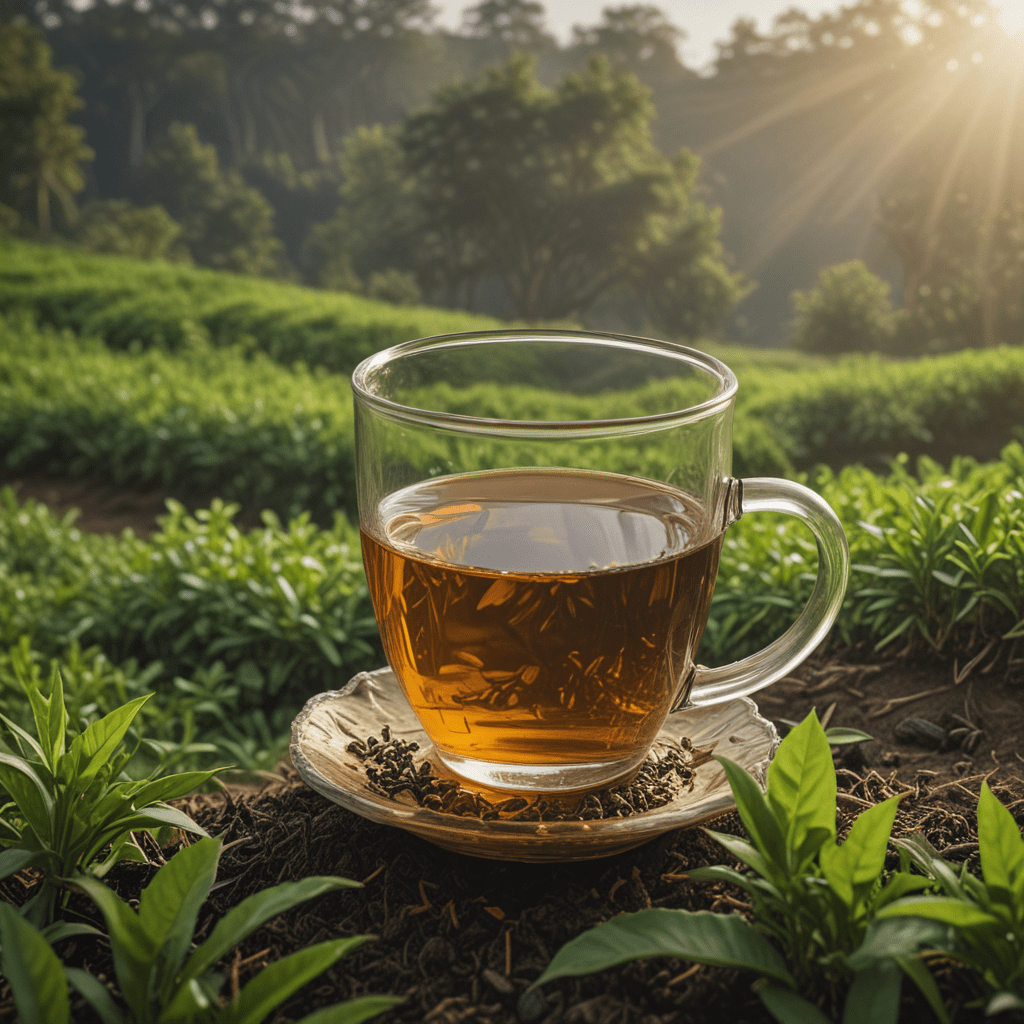
Earl Grey Tea: Aromatic Bliss in a Cup
1. Discovery and Origins
Earl Grey tea is a captivating blend of black tea infused with the distinctive essence of bergamot oil, resulting in a harmonious and flavorful brew. Its origins can be traced back to the early 19th century, where tales of a British Earl receiving a gift of this exquisite tea from a Chinese mandarin have been passed down through generations.
2. Unique Ingredients and Flavors
a. Black Tea Base
Earl Grey's foundation lies in premium black tea leaves, typically sourced from regions like Assam, Darjeeling, or Ceylon. These black teas provide a rich and robust base, contributing depth and complexity to the overall flavor profile.
b. Bergamot Oil Essence
The defining characteristic of Earl Grey tea is the addition of bergamot oil, extracted from the peel of the bergamot orange. This essential oil imparts a vibrant citrusy and floral aroma, balanced with a subtle hint of spice. The combination of black tea and bergamot oil creates a symphony of flavors that has captivated tea enthusiasts for centuries.
3. Origins of the Name
The name "Earl Grey" is shrouded in mystery, with various theories surrounding its origins. One popular account attributes it to Charles Grey, the 2nd Earl Grey who served as British Prime Minister from 1830 to 1834. It is believed that he received the tea as a diplomatic gift and subsequently popularized it among British aristocracy.
4. Health Benefits
a. Antioxidants and Anti-Inflammatory Properties
Earl Grey tea is a rich source of antioxidants, which play a crucial role in protecting cells from damage caused by free radicals. It also possesses anti-inflammatory properties, contributing to overall well-being and potentially reducing the risk of chronic diseases.
b. Boost Metabolism and Digestion
The caffeine content in Earl Grey tea can provide a gentle boost to metabolism, increasing alertness and energy levels. Additionally, some studies suggest that regular consumption of black tea can support healthy digestion and gut function.
6. Perfect Steeping Ritual
a. Tea Leaves or Teabags
To achieve the optimal Earl Grey experience, loose tea leaves are preferred over teabags. Loose leaves allow for better infusion and control over the tea's strength. However, teabags offer convenience and are suitable for quick brewing.
b. Water Temperature and Steeping Time
The water temperature and steeping time play a crucial role in extracting the perfect balance of flavors. Ideal water temperature ranges between 195-205°F (90-96°C). Steep the tea leaves for 3-5 minutes, depending on desired strength.
7. Serving Suggestions
a. Milk and Sugar
Traditionalists typically enjoy Earl Grey with a splash of milk and a dash of sugar. Milk softens the tea's tannins, creating a smoother and creamier texture. Sugar balances the citrusy notes, adding a touch of sweetness.
b. Lemon Wedge
A slice of lemon complements the citrusy undertones of Earl Grey, enhancing its refreshing qualities. The acidity of lemon balances the tea's boldness, resulting in a revitalizing and invigorating beverage.
c. Vanilla Creamer
Vanilla creamer adds a touch of sweetness and warmth to Earl Grey, creating a cozy and indulgent treat. The delicate vanilla flavor harmonizes with the bergamot essence, offering a rich and comforting experience.
8. Pairing with Delicacies
a. Scones with Jam
Earl Grey's citrusy and floral notes pair exquisitely with scones, especially when accompanied by a dollop of fruit jam. The tea's refreshing flavor complements the buttery scones and sweet jam, creating a delightful afternoon indulgence.
b. Pastries and Cakes
The delicate flavors of Earl Grey make it an ideal accompaniment to pastries and cakes. Its citrusy zest enhances the sweetness of pastries, while its floral notes balance the richness of cakes.
c. Savory Bites
Surprisingly, Earl Grey can also complement savory snacks. Its citrusy brightness cuts through the richness of cheese and crackers, while its subtle spice adds a touch of complexity to sandwiches and wraps.
9. Cultural Significance
a. Afternoon Tea Tradition
Earl Grey is deeply entwined with the British tradition of afternoon tea. Its refreshing and aromatic nature makes it a popular choice to accompany delicate sandwiches, scones, and pastries.
b. Associated with British Aristocracy
Earl Grey has long been associated with British aristocracy and is often seen as a symbol of refinement and elegance. Its presence at royal and social gatherings has contributed to its enduring popularity.
10. Conclusion
a. Unique and Refreshing Beverage
Earl Grey tea is a unique and captivating beverage that has delighted tea enthusiasts for centuries. Its harmonious blend of black tea and bergamot oil creates a symphony of flavors that is both refreshing and invigorating.
b. A Culinary and Sensory Delight
Beyond its taste, Earl Grey offers a multisensory experience. Its vibrant citrusy aroma evokes a sense of freshness, while its delicate floral notes add a touch of elegance. It is a tea that not only satisfies the palate but also engages the senses.
FAQ:
Q: What is the ideal water temperature for brewing Earl Grey tea?
A: 195-205°F (90-96°C)
Q: How long should Earl Grey tea be steeped?
A: 3-5 minutes, depending on desired strength
Q: Can I use teabags instead of loose leaves?
A: Yes, but loose leaves offer better infusion and control over tea strength
Q: What are some traditional ways to serve Earl Grey tea?
A: With milk and sugar, a lemon wedge, or vanilla creamer
Q: What types of foods pair well with Earl Grey tea?
A: Scones with jam, pastries, cakes, and even savory snacks like cheese and crackers


